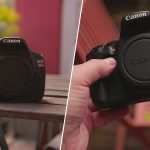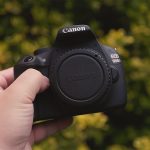In this article, we’re going to compare a series of three entry-level Rebel cameras, the Canon T5, also known as the 1200D, the Canon T6, also known as the 1300D, and the Canon T7, also known as the 2000D.
We’re going to go over what these cameras can do, what they can’t do, and which one you should get.

Size & Build
Given that portability is an important factor when selecting a camera, let’s begin by comparing their sizes.
The T5 measures 129.6 x 99.7 x 77.9mm, or 5.1 x 3.93 x 3.07″, and weighs in at 480g, or 16.93oz. The T6 measures 129 x 101.3 x 77.6mm, or 5.08 x 3.99 x 3.06″, and weighs in at 485g, or 17.11oz. The T7 measures 129 x 101.3 x 77.6mm, or 5.08 x 3.99 x 3.06″, and weighs 475g, or 16.76oz.
It’s pretty evident that these cameras are equivalent in terms of size and weight, in addition to the fact that they all look rather similar as well.
When compared to other DSLR cameras, these three cameras are about as small and portable as they come. It obviously also depends on which lens you choose, but generally speaking, you should have no problem throwing either of these into your bag, before going out to take photos.
Their small size also makes them quite good for street photography, as they look a lot less intimidating, and because of their diminutive size, they also look less expensive, thus decreasing the odds that you draw unwanted attention.
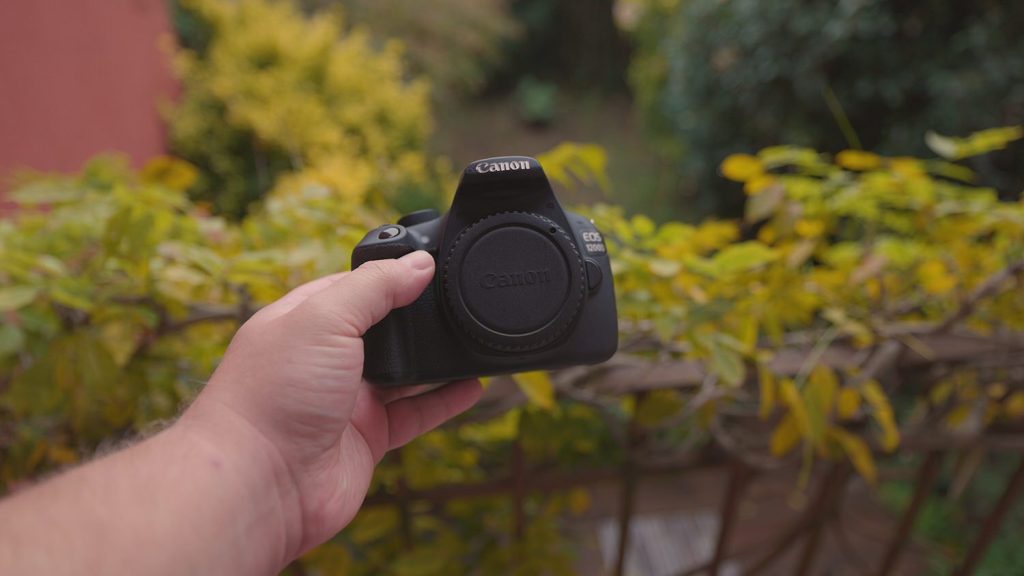
Image Quality
So next up, let’s discuss image quality. To be clear, your choice of lens massively affects the image quality that you end up with, some might say even more than the camera body itself, but since I don’t know which lenses you’ll be using, we’ll discuss how the camera body contributes to the picture.
Sensors
In terms of sensors, they all have the same size APS-C cropped sensor, measuring 22.3 x 14.9mm. The difference is in the number of Megapixels offered. The T5 and T6 each offer 18 MP, while the T7 offers 24.1 MP.
Theoretically speaking, more megapixels means more detail, but that’s not the complete picture. Pun not intended. In reality, you’d have a hard time distinguishing between 18MP and 24.1MP, unless you start zooming in, or printing the images out to a large size.
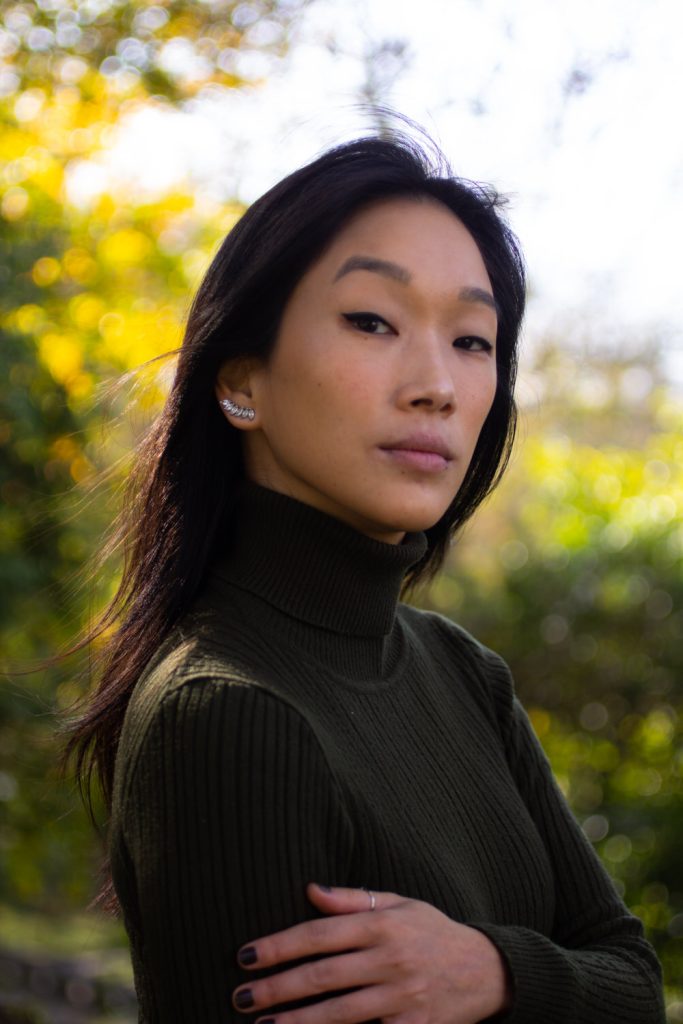
Processor
Ok, so we’ve discussed the sensor. What’s next? That would be the processor. The T5 has the DIGIC 4, while the T6 and T7 have the DIGIC 4+. In general, the higher the number, the better.
The DIGIC 4+ introduced higher resolution images, and it’s also faster than the previous generation. Realistically, there isn’t that much of a difference between 4 and 4+, but there is some.
ISO
Right, so what about ISO? All three cameras have the exact same range of 100-6400, which is also expandable to 12800. This will be useful if you’ve stretched your settings to the limit, and you need to add a bit more light to the image.
ISO can’t add natural light, so it basically adds digital brightness. As long as you keep ISO relatively low, you won’t notice any issues really, but if you get too high, you’ll start seeing noise appearing in the shadows.
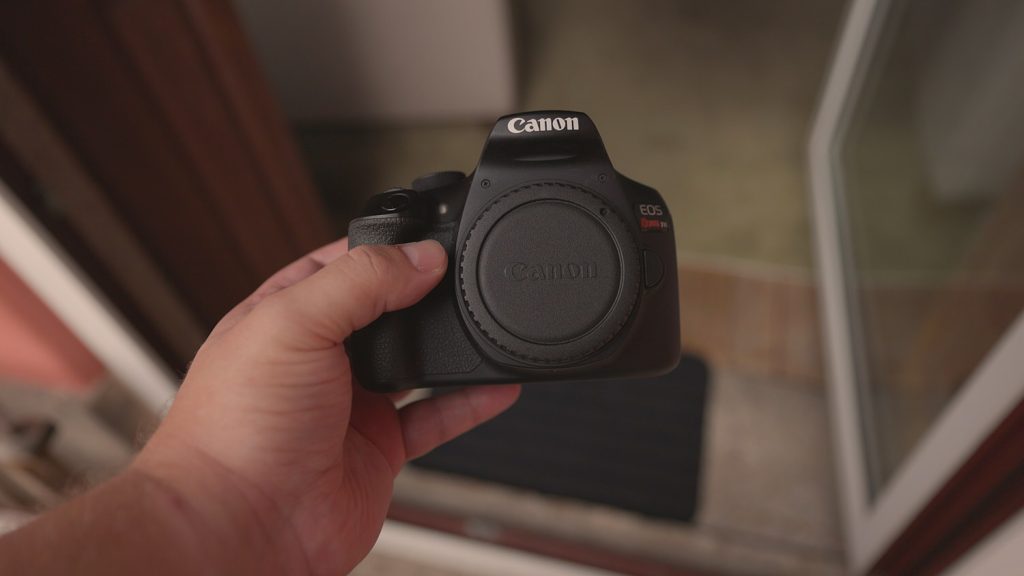
Shutter Speed
Now, since we were discussing speed a minute ago, what can these cameras do in regard to capturing fast-moving subjects? Well, when it comes to maximum shutter speed, all three cameras can do 1/4000th of a second, which is good.
Ok, but what if the subject is moving really fast, like in the case of wildlife, or sports? What if you want to capture a few photos quickly, in a row, to try and get that right frame?
In that case, what you need is continuous shooting. All three of these cameras can do 3 frames per second in that mode. Simply put, within a unit of time of one second, they can capture 3 different photos.
This isn’t exactly fantastic, but they are all entry-level Rebel cameras, so they will have their limitations.

Image Stabilisation
Right, so, speaking of limitations, do these cameras have built-in Image Stabilisation? No, that’s not something that you’ll encounter in the entry-level Canon range.
If you do need optical Image Stabilisation, you can get it from a lens though. If you get the Canon 18-55mm kit lens, and you make sure it has IS in the name, then the lens itself will provide some image stabilisation, which is great news.
Autofocus
Ok, how do they perform in terms of autofocus? All three cameras offer 9 AF points, which is not great. Also, none of them has Canon’s legendary Dual Pixel Autofocus. Again, since they’re all budget cameras, you’ll have to manage your expectations.
The thing is though, if you’re looking to purchase one of these cameras so you can learn on, this shouldn’t really be an issue. Limited equipment offers the most learning opportunities, as you’ll often have to overcome said limitations through creative problem-solving. In the end, this will make you a far better photographer and videographer.
Speaking of videography, what can these two cameras do in terms of video?
Video
Ok, so first off, let’s talk about resolution. In terms of 1080p, they can all go up to 30fps, which is honestly fine for most people. If you want to do some slow-motion stuff, 60fps at least would be great, but if not, 24fps or 30fps is where you’ll need to be at anyway.
You can also do 720p at 60fps if you really want to, but by this point, 1080p is the standard. You can get away with shooting in 720p, and you can make it look really good, but you need to really know what you’re doing in order to achieve that, and it’s a bunch more work.
If you really want to do 1080p @ 60fps, the Canon 77D is in a similar price range, so if you want to watch my review of that, you can click on the video down below.
As discussed previously, the AF won’t be amazing on either of these cameras, but this is of course a learning opportunity. When you start from zero, and work your way up, when you do get to a higher level, you’ll be able to truly appreciate the expensive gear.
So, in short, if you want to use the T5, T6, or T7 for video, you won’t be able to do much in terms of slow-motion video, unless you do fake slow-motion, but that’s a completely different topic.
Vlogging
Ok, so you might be considering one of these cameras for vlogging. Would they be any good at that? All three cameras have a 3″ screen on the back, which is unfortunately fixed. You can’t flip it, or angle it.
Now, this wouldn’t actually prevent you from vlogging with these cameras, as I have vlogged on a camera without a flip screen, but it does make it significantly more difficult.
Also, there’s another thing to be aware of. So, all three cameras have cropped sensors, which means that, when compared to a full-frame camera, the image will be rather zoomed in. As a result, most lenses would not be suitable for vlogging with on any of these cameras.
If you want something budget-friendly, you can have a look at either the Canon 24mm pancake lens, or the 18-55mm kit lens. The 24mm lens has the advantage that it produces somewhat sharper images, as it has a fixed focal length, whilst the 18-55mm kit lens has two advantages.
One, you can zoom it in and out, and it’s wider as well, so you can fit more in frame. Two, if it has IS in the name, that means that it has Image Stabilisation built-in, so you’ll get smoother footage with it.
YouTubers
What if you just want to place the camera on a stand, and film content that way?
If you’re going to do that, you actually have some better options for lenses. I’d have a look at the Canon EF 50mm f1.4, or the EF 50mm f1.8.
These lenses aren’t ideal for vlogging, as they’re too zoomed in, and they also lack Image Stabilisation. On the other hand, when your camera is on a tripod, they’re a far better choice, as when they open up to f1.4 or f1.8, not only do they allow in more light, but they also produce that magical background blur that everyone loves.
The one downside to keep in mind is that the autofocus systems on these cameras might occasionally struggle to keep you in focus when the lens is opened up to f/1.4, or f/1.8.
By the way, I’ve reviewed all these lenses on my YouTube channel.
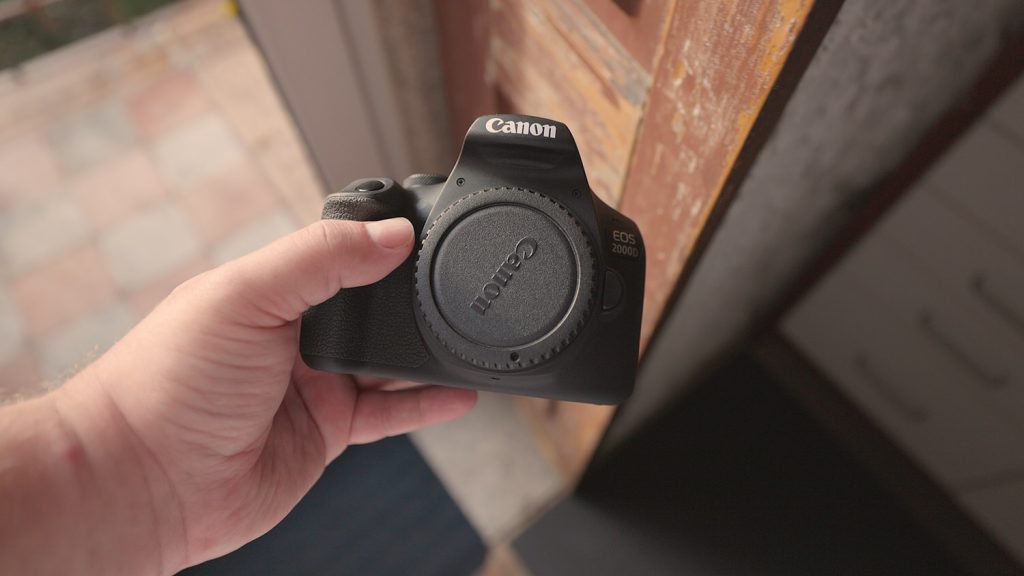
Compatible Lenses
Ok, so since we’re talking about lenses, which ones can I actually use with these three cameras?
So, they all have EF/EF-S mounts, which means that you can use EF or EF-S lenses. The actual list of EF and EF-S lenses, both from Canon, and third-party manufacturers is basically inexhaustible.
You have a lot to choose from, which is a great thing, but that can also be intimidating. I actually have a playlist on my YouTube channel, where I’ve reviewed quite a few Canon lenses.
Control
Ok, so once the lens is on, how easy are these cameras to use? So they all have the usual Canon buttons and knobs on the back, and they’re quite intuitive to use.
One of my favourite features is the physical dial on the top, which allows you to switch between modes. At this point, I pretty much just stay in Manual mode, but when learning, that dial is monumentally useful.
You also have the usual buttons, like the one to access the menu, navigate between your photos, etc.
Storage
Ok, now, do these cameras have dual SD card slots? Unfortunately, you won’t find that feature at this price. Sure, more expensive cameras can have two SD card slots, but when we’re talking about the Canon Rebel series, that’s just not going to happen.
Being able to insert two SD cards into your camera is seen as a more pro feature, as it allows you to either make a copy of each photo that you take, on separate cards, or it allows you to effectively double your storage space.
This is super useful if you’re doing a professional gig, and you want to make sure that you’re not going to lose your data. If you’re not a professional photographer though, you’re not going to miss the dual card slot.
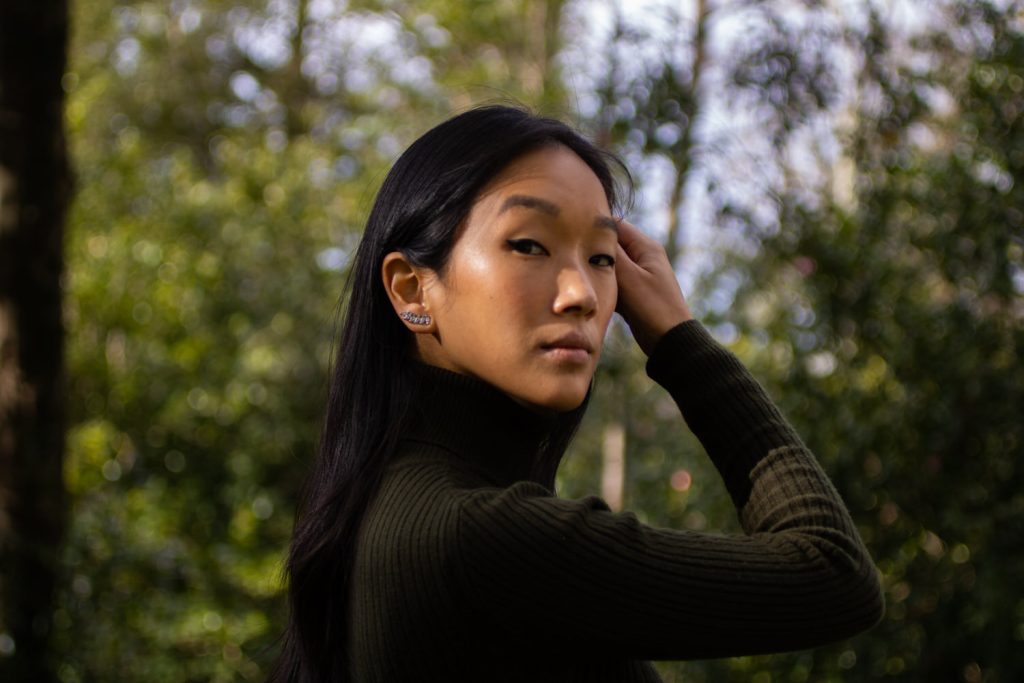
Connectivity
What about in terms of connectivity? Can these three cameras connect to Wi-Fi? Surprisingly, yes. Well, the T5 can’t, but both the T6 and T7 can. In addition to that, the T7 can also do NFC.
If you’ve seen a few of my reviews, you’ll know that I never use the wireless features of these cameras, as I enjoy the process of manually offloading photos and videos to my computer, but to each their own.
There are plenty of legitimate uses for wireless connectivity with cameras, and I know this will interest some of you.
Battery Life
Ok, so if I get one of these cameras, how long does the battery last?
Surprisingly, all three cameras use the same battery, which is the Canon LP-E10. In theory, this should give you about 500 shots on either camera, provided that the battery is new.
Now, since you’re likely to buy this camera second-hand, you’ll probably get fewer than 500 shots. If you plan on doing longer shoots, it’ll make sense to get an extra battery, just in case.
Nothing more awkward than ending a shoot early because you’ve run out of juice.
Longevity
So now, let’s talk longevity. You see, due to the mechanical nature of cameras, there is a certain number of photos that they can take, before the shutter fails.
Different cameras are rated for different amounts, but budget Rebel cameras are rated for around 100,000, and that’s the number for these three cameras, the T5, T6, and T7.
So let’s do a bit of quick maths. If you were to take 10 photos/day, on average, it would take you 27 years to hit the maximum of 100,000, assuming you’re starting from zero.
Other components of this camera are likely to fail before you hit that point, so you should be good. Now, since you’re almost guaranteed to buy this camera in a used state, you should always check the number of actuations, or shutter clicks, on the listing.
If that information is not listed, you should ask the seller. If they won’t tell you, move on, as the camera probably has close to 100,000 actuations, and they’re just trying to get rid of it before it fails.
Conclusion
In conclusion, which one should you get?
As you can tell, these three cameras are kind of similar, and each is a gradual improvement over the previous one. So the reason why you’d buy the T5 is that it’s probably going to be the cheapest.
It has the same sensor as the T6, which offers you 18MP, and you’re probably not going to notice the difference between that, and the 24.1MP that the T7 offers, unless you zoom in, or plan to print your photos. If you don’t care about the resolution that much, you don’t need Wi-Fi connectivity, and you want a decent camera to start learning on, grab the T5.
Now, the T6 has a better processor than the R5, you get Wi-Fi connectivity, and more Megapixels. If the price difference isn’t that much where you’re at, this one might be the one for you.
In terms of the T7, if you want the extra megapixels, Wi-Fi, and NFC, this is the one for you. Since the camera is newer as well, the ones that are up for sale on the used market are also statistically more likely to have been used less, as they’ve been around for less time.
I have affiliate links down below for these cameras, so you can see how much they cost in your country.
Which?
If you’ve already learnt a bit about photography and videography, and you’d like to graduate to something more mid-range, feel free to have a look at the camera review playlists on my channel. You can find links down below, or click the card in the top right corner.
I’ve reviewed all sorts of cameras, from the Canon 77D and 7D MkII, to the Canon R, and Canon R5.
Recommendations
I hope this has been helpful. I invite you to have a look at some of my other articles. We have something for everyone, whether you’re interested in audio, or cameras and lenses. Alternatively, if you prefer video reviews, feel free to have a look at my YouTube channel.
Finally, down below you will find all of the items I talked about in this article.

